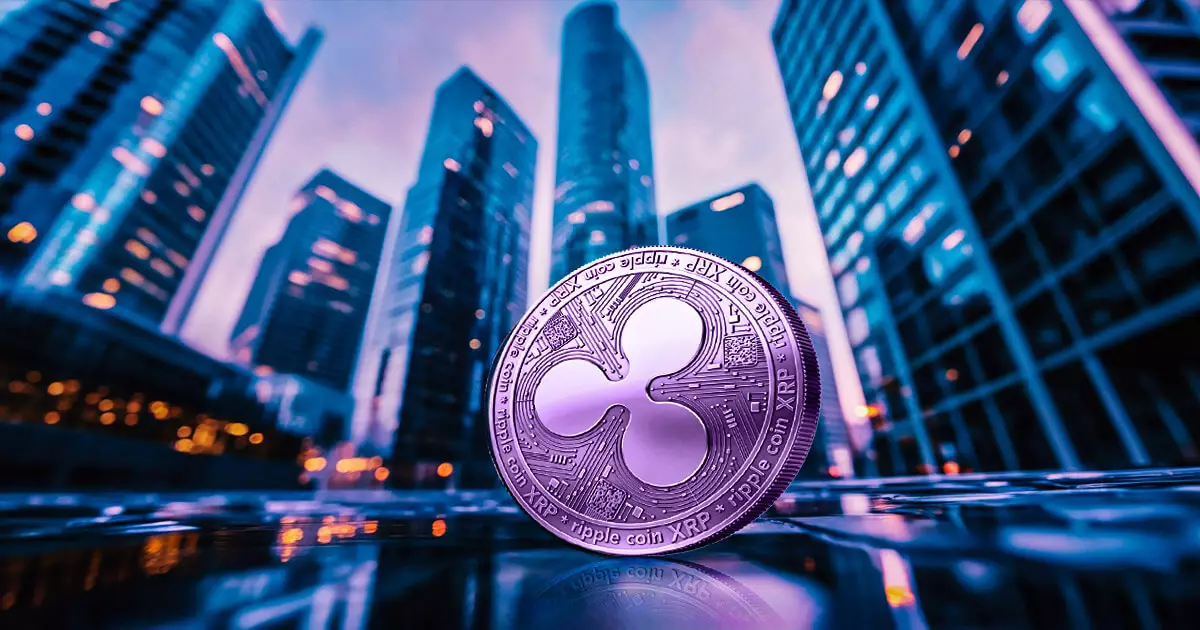XRP, the native cryptocurrency of the Ripple network, has witnessed a remarkable ascension in recent years, gaining traction among various global financial regulators and enhancing its acceptance in diverse markets. With initiatives such as a potential Grayscale XRP ETF and the introduction of CME XRP futures, the cryptocurrency’s prospects look promising on the international front. However, a significant blemish appears in this optimistic narrative when we consider its regulatory status in Hong Kong, a prominent financial hub in Asia.
On January 27, 2025, Hong Kong’s Securities and Futures Commission (SFC) took a landmark step by issuing licenses to two local cryptocurrency exchanges—PantherTrade and YAX. These mark the first crypto trading licenses granted in the year, ushering in what many hope will be a new era of regulated digital asset trading in the Special Administrative Region. Despite this progress, there remains a cloud of uncertainty regarding the regulatory acceptance of XRP, as it has not been included in the exclusive list of four cryptocurrencies—Bitcoin, Ether, Avalanche, and Chainlink—approved for trading by the SFC.
The implications of XRP’s absence from this list are profound, especially when considering the stringent compliance standards imposed on licensed exchanges in the region. These platforms are obligated to adhere to rigorous anti-money laundering (AML) and counter-terrorist financing (CTF) laws, which create an environment where only those assets deemed sufficiently compliant can thrive.
The limited approval of cryptocurrencies bodes poorly for XRP, suggesting deeper regulatory concerns that may stem from Ripple’s ongoing legal battles in various jurisdictions. Although XRP has gained considerable popularity worldwide, the Engelberg, Hong Kong-specific regulatory posture appears to be cautious, possibly influenced by the uncertainties surrounding the legal framework applicable to Ripple and its offerings. The SFC’s public silence regarding the reasons behind XRP’s exclusion only intensifies speculation and concern among investors and industry players alike.
In contrast to other jurisdictions that have embraced more inclusive policies for digital assets, Hong Kong’s approach reflects a more meticulous pathway toward regulating cryptocurrencies. The SFC’s initial plan included the approval of 11 crypto trading platforms by the conclusion of 2024; however, delays rooted in exhaustive compliance checks resulted in a mere four licenses being granted by the end of the year.
As the cryptocurrency space evolves, the fate of XRP in Hong Kong remains precarious. With the SFC continuing to collaborate closely with exchange operators to ensure adherence to financial standards, the absence of XRP from the traded cryptocurrencies indicates a need for further dialogues and clearer guidelines on regulatory standards specific to this asset.
Ultimately, while XRP enjoys a growing global reputation, its acceptance in critical markets like Hong Kong hangs in the balance. For now, the community’s vigilance and adaptive strategies will play a vital role to keep the cryptocurrency aligned with regulatory expectations to pave a secure path for its future. The success of XRP hinges not only on global adoption but also on navigating through these regulatory complexities to secure a foothold in economically vital regions.

